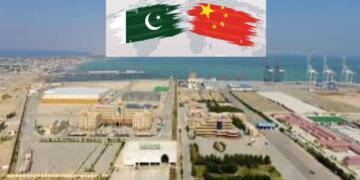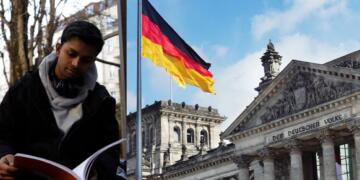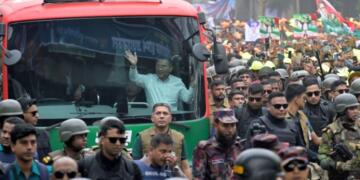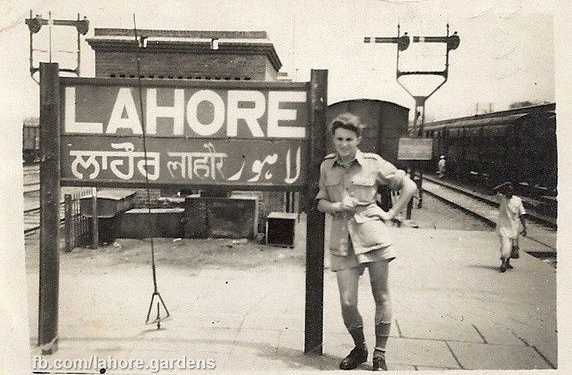There is no single societal pattern that one can affix to Lahore’s social and cultural life in the pre – partition era. Hindus, Muslims, and Sikhs did share a common Punjabi culture and take part in each other’s festivals and ceremonies, but each group also lived a separate existence and possessed a distinct identity.
A battle for Lahore began in March 1947 as a ‘war of communities’ between the Hindu-Sikh and the Muslim communities. It was fought initially, more or less, without any clear plan of action and amid uncertainty about Lahore’s future status. A number of political, administrative and legal decisions in early June, however, tilted the balance of force in favor of the Muslims.
Some critical issues that led to Lahore becoming part of Pakistan post-partition
Economic structure
At the start of the 20th century, many modern government offices, public and private banks, insurance companies, warehouses and educational institutions were built in Lahore. In that rapid economic transformation, the Hindus and Sikhs enjoyed a head start over Muslims. They had taken to modern education much earlier and were culturally better placed to serve within a capitalist economy. The economic contradictions between Hindu-Sikh and Muslim groups created a political program for Muslim League to raise issues like oppression Muslim masses and need for creation of Pakistan for the benefit of the Muslim community.
Rise of Communal forces
The Arya Samaj, Hindu Mahasabha, the RSS and many other Hindu organizations were active in Lahore. Among Muslims the Ahrar, Khaksar and various other Islamist movements had come out. The Muslim League was also present. The Singh Sabha and the Akali Dal echoed Sikh communal aspirations. All this forces created a very tense Communal situation in Lahore. Things began to change by 1944 when the first slogans about Pakistan, were chanted in Lahore and communal forces’ presence added fuel to the fire.
Pro-Muslim League government in Punjab
In March 1947, when the government of Khizr Hayat fell, certain pro-Muslim League changes in the government took place. Within six or seven months, it became massively popular. It employed communal propaganda effectively. Hence, it was believed that life of Lahore Muslim’s would be better under Muslim League government and hence a fight for inclusion of Lahore in Pakistan started out.
Role of Police
During pre-partition riots, the police in Lahore was overwhelmingly Muslim. It played a very partisan role during that point. Sikhs-Hindus lost confidence in the state machinery and thus began an exodus to Hindu India. Minority population started reducing in Lahore and it became more dominant Muslim majority city, which helped claim that it should be a part of Pakistan.
Communal conflicts and Partition riots
Occasionally communal riots did take place in Lahore. In 1929, a Muslim youth Ilam Din was sentenced to death for stabbing Hindu publisher to death with a knife for publishing “Rangeela Rasul” (a satire on the father of the Muslim religion) provoking enmity between Hindus and Muslims. During those two years, Hindu and Muslim relations were really hostile. A few years later, in 1935, the Masjid Shaheed Ganj dispute between Sikh and Muslim zealots turned into a bloody fight. These incidents disturbed the religious fabric and bridged a wide opening.
Communal riots became more intense after March ’47 and it seemed that the Muslim League leadership was out to clear the city of its non-Muslim inhabitants.
Attitude of youth of Lahore
A segment of Muslims was attracted to the idea of Pakistan because it was going to be an Islamic state, a utopian polity where only piety and Islamic justice were to prevail. Hence, they believed in blending to any extent to keep Lahore in Pakistan. Muslim League wanted the whole of Punjab and, therefore, planned the expulsion by all means of Sikhs and Hindus from it.
The legal context
On the basis of ascertaining the contiguous majority areas of Muslims and non-Muslims while partitioning, Lahore and its suburban areas had to become a part of Pakistan as it was mostly Muslim dominated area.
The positions of the members of the Punjab Boundary Commission and the Radcliffe Award
Except for the chairperson of the Commission, Sir Cyril Radcliffe, the other four members of the commission were nominees of the Congress, Sikhs and Muslim League. The Congress-Sikh nominees recommended that Lahore should go to India. The Muslim League nominees agreed with the Muslim League’s position and recommended that Lahore should go to Pakistan. The Radcliffe Award was announced on 17 August. It awarded Lahore to Pakistan.
Conspiracy theories have surrounded the Radcliffe Award, but a sober analysis would reveal that it largely followed the “contiguous population” principle and “other factors” were only recognized partially. Thus, despite Sikh and Hindu arguments about owning 75 percent or more property in Lahore and other districts of Lahore division they were turned over to Pakistan, including Nankana Sahib, the birthplace of Guru Nanak. The Sikh holy city of Amritsar remained in India because the Amritsar district had a non-Muslim majority.































